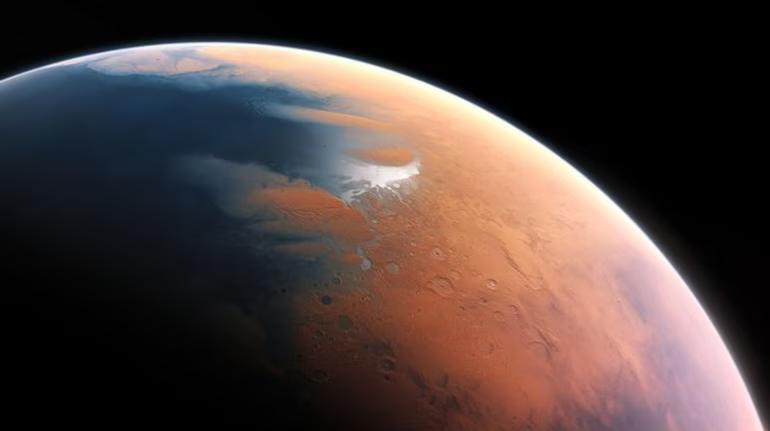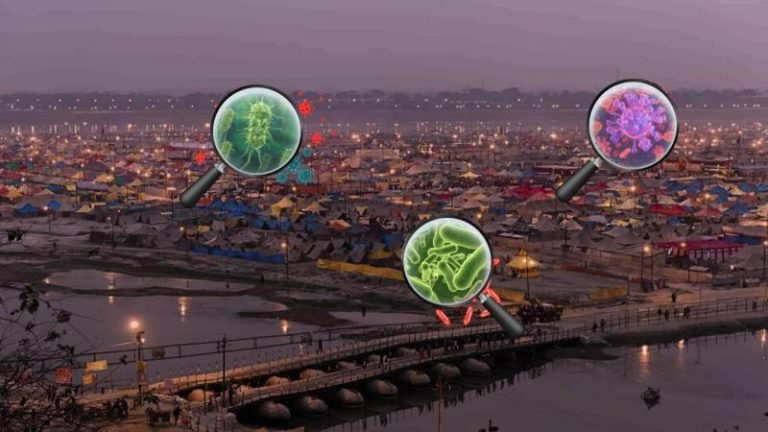
Mars May Have Once Had Rain & Snowfall, Finds New Study
For decades, scientists have been fascinated by the possibility of life on Mars, the red planet that has captivated human imagination for centuries. With its barren landscape and lack of atmosphere, it seems unlikely that Mars ever supported life, let alone rainfall and snowfall. However, a recent study by the University of Colorado Boulder suggests that Mars may have once experienced rainfall and snowfall, feeding valleys and channels.
The study, published in the journal Science, analyzed data from NASA’s Mars Reconnaissance Orbiter and found evidence of ancient rivers and lakes on the Martian surface. The research suggests that at least some water existed on the surface of Mars around 4 billion years ago, a time known as the Noachian period. This finding has significant implications for the search for life on Mars, as it provides evidence that the planet may have once been capable of supporting life.
The source of the water on Mars has not been ascertained yet, but the study’s findings suggest that it may have been caused by a combination of factors, including volcanic activity, comets, and meteorites. The researchers used a combination of geological and geophysical data to analyze the Martian surface and identify evidence of ancient water.
The study’s lead author, Dr. Brett Denevi, explained that the team used a technique called “topographic analysis” to examine the Martian surface. This involved creating a 3D model of the planet’s surface, which allowed the researchers to identify areas where water may have flowed in the past.
“We found that many of the valleys and channels on Mars are much wider and deeper than they should be, given the amount of water that’s present on the planet today,” Dr. Denevi said. “This suggests that these features were formed by flowing water, rather than wind or other geological processes.”
The researchers also found evidence of sedimentary deposits, which are layers of rock that form when sediment settles to the bottom of a body of water. These deposits are common on Earth, where they are often found in riverbeds and lakebeds. The presence of sedimentary deposits on Mars suggests that the planet may have once been home to a vast network of rivers and lakes.
The study’s findings have significant implications for the search for life on Mars. If the planet once had rain and snowfall, it may have been capable of supporting life in the past. The discovery of ancient rivers and lakes also increases the chances of finding evidence of past life on the planet.
“The fact that Mars may have once had rain and snowfall increases the chances of finding evidence of past life on the planet,” said Dr. Denevi. “It’s possible that life existed on Mars in the past, and that it may have been supported by the water that flowed on the planet.”
The study’s findings are also significant for the search for life beyond Earth. If Mars once had rain and snowfall, it may have been capable of supporting life in the past. This increases the chances of finding evidence of life on other planets and moons in our solar system.
The discovery of ancient rivers and lakes on Mars is a significant breakthrough in our understanding of the planet’s history. It suggests that Mars may have once been a very different place, with a climate that was capable of supporting life.
“The fact that Mars may have once had rain and snowfall is a reminder that the planet is still a mystery,” said Dr. Denevi. “There’s still a lot we don’t know about Mars, and this study is just the beginning of our understanding of the planet’s history.”
In conclusion, the study’s findings suggest that Mars may have once had rain and snowfall, feeding valleys and channels. The discovery of ancient rivers and lakes on the Martian surface provides evidence that the planet may have once been capable of supporting life. This increases the chances of finding evidence of past life on the planet and has significant implications for the search for life beyond Earth.






